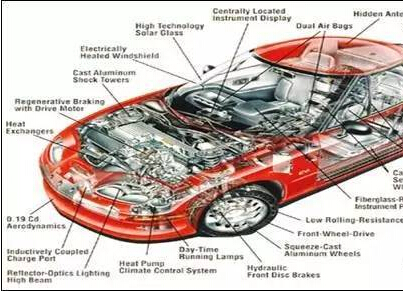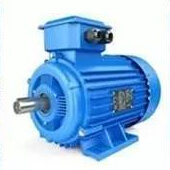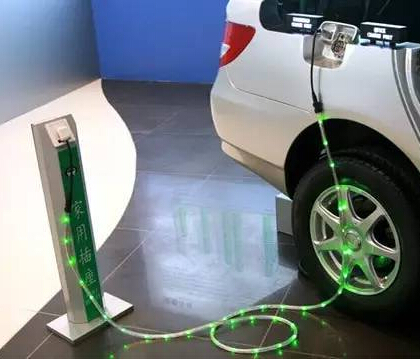At present, China has become the world's largest new energy vehicle market. In 2017, the production and sales of new energy vehicles are close to 800,000. The country's emphasis on the development environment and the continuous expansion of the logistics industry, the demand for urban green freight is becoming more and more intense, and urban logistics vehicles are also welcoming development opportunities.
According to the statistics of the Industrial Research Institute, the production and sales of electric logistics vehicles in China have exceeded 260,000, with an average annual compound growth rate of over 57%. The trend of urban logistics vehicles is beginning to show up.
In order to win the battle against the blue sky, fight the battle against pollution, improve the comprehensive transportation efficiency, and reduce the logistics cost... On October 9, the State Council’s latest three-year action plan for promoting the adjustment of transport structure (2018-2020) emphasized that The promotion and application of Daxin Energy City Distribution Vehicles.
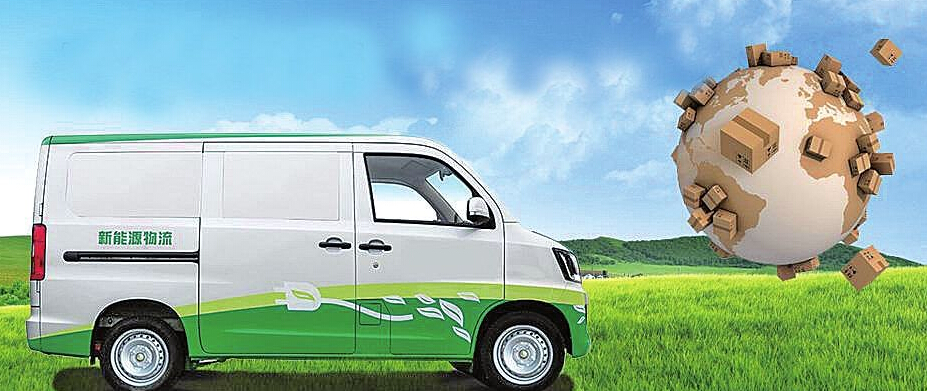
Transportation structure adjustment, new requirements for green freight
In the new structural adjustment plan, the state requires that by 2020, new and updated light-duty logistics and distribution vehicles will be added to urban built-up areas, and the proportion of new energy vehicles and clean energy vehicles meeting the national six emission standards will exceed 50%, and the key areas will reach 80%. . Specific requirements are as follows:
First, promote the urban green freight distribution demonstration project. Guide the megacities and regional centers to plan and construct a green freight distribution network, improve the construction of dry-connected logistics parks (freight hubs) and urban distribution network nodes and distribution vehicles. Encourage postal express delivery enterprises, urban distribution enterprises to innovate unified distribution, centralized distribution, joint distribution, night delivery and other intensive transportation organization models. By 2020, about 100 urban green freight distribution demonstration projects will be built nationwide. Increase support for the construction of demonstration projects logistics parks (freight hubs), promotion and application of new energy vehicles, and construction of green logistics smart service platforms.
Second, increase the promotion and application of new energy city distribution vehicles. Accelerate the promotion and application of new energy and clean energy vehicles. By 2020, among new and updated light logistics distribution vehicles in urban built-up areas, the proportion of new energy vehicles and clean energy vehicles meeting the national six emission standards will exceed 50%, and the key areas will reach 80%. . All localities will incorporate the construction of public charging piles into the scope of urban infrastructure planning and construction, increase the support for land use and capital, and concentrate on planning and constructing dedicated charging stations in logistics areas, industrial parks, large commercial shopping centers, and agricultural wholesale markets. And fast charging piles. In combination with urban distribution needs, we will formulate a convenient pass policy for new energy city distribution vehicles to improve vehicle traffic conditions. Establish a new energy city distribution vehicle operation subsidy mechanism in conditional areas to reduce the cost of use. Promote the use of electrified and clean vehicles in key logistics parks, railway logistics centers, airports, and ports.
Third, promote the city's production and living materials, rail and rail transport. Give full play to the advantages of existing railway station resources, improve the infrastructure network of dry links, innovate the operation organization mode, create a new mode of railway city logistics distribution with “track + warehousing and distribution”, and increase the proportion of public transport in urban production and living materials transportation. In large cities such as Beijing, we will organize pilot projects for the distribution and distribution of urban production and living materials, accelerate the transformation of railway peripheral assembly and transshipment centers in the surrounding areas of cities and the transformation of railway station facilities in the city, and build a “public-integrated and green intermodal transport” A new system of urban distribution, summing up experience and promoting application in a timely manner.
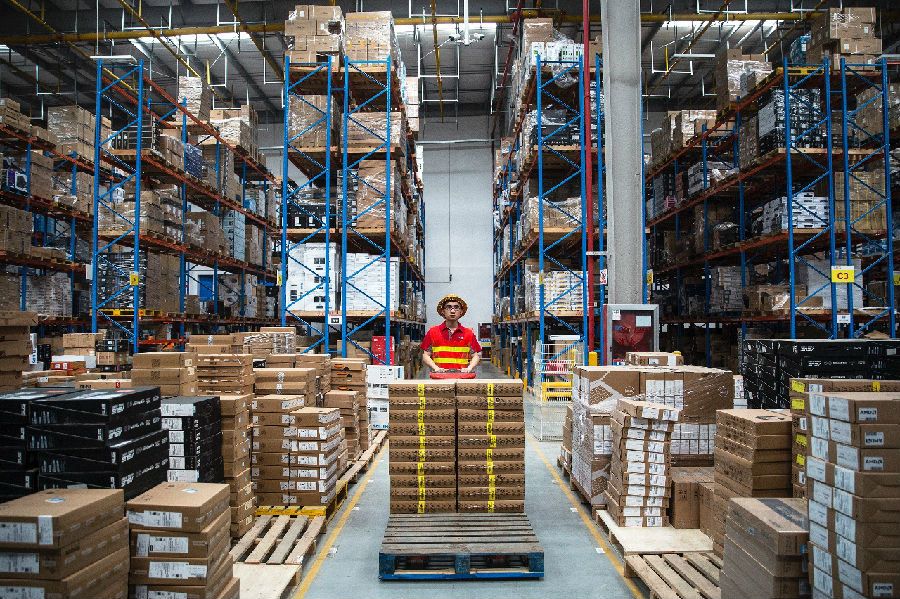
Blue sky defense war work advances, urban logistics vehicles will usher in an outbreak
With the continuous advancement of the “Blue Sky Defence War”, the pace of electrification in the urban logistics field has accelerated. At present, the promotion of electric vehicles in China has gone through two stages. The first phase is dominated by electrification in the public sector, while the second phase is dominated by the electrification of passenger cars and logistics vehicles. The main force of road transport—diesel trucks has the characteristics of high energy consumption, high emissions and high pollution. These characteristics determine that it will be the focus of pollutant discharge control. Electrification will be one of the important means to promote the emission control of logistics vehicles.
In the process of logistics, urban distribution belongs to the last mile service in the logistics system. However, the restrictions and bans issued by various localities have made urban distribution difficult to enter the city, difficult to load and unload, and difficult to stop. The new energy logistics distribution vehicles have the characteristics of relatively fixed driving distance, heavy mileage, medium and short distance, high frequency of use, and convenient centralized charging. Therefore, it is necessary to promote new energy logistics vehicles in urban distribution.
With the continuous implementation of a series of new energy vehicle policies, the road rights of various places have been opened one after another. The green freight city group represented by Shenzhen and other cities has begun to rise. New energy logistics vehicles have gradually been accepted by the market, and the number of cities in the city has been rising.
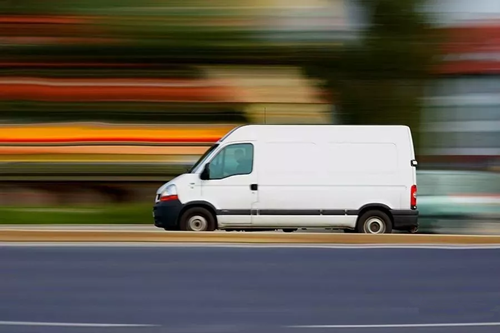
What are the challenges of moving into the “fast lane”?
The implementation of the policy and the positive response of all parties, the overall development trend of urban logistics vehicles is good, but in addition to the rapid development of cities such as Shenzhen and Chengdu, the current logistics truck promotion work in most cities still has problems, still facing many problems!
Previously, city managers were accustomed to giving priority to urban road resources and transportation resources to public passengers and passenger cars. On the contrary, freight vehicles entering the city were faced with many restrictions, even new energy logistics vehicles. In the face of urban transportation and distribution difficulties, difficult parking, difficult loading and unloading, more fees, more fines, etc., how to make reasonable arrangements for public passenger transport, passenger transport and freight vehicles, to achieve efficient green operations, is in front of city managers A difficult problem to be solved.
In addition, supporting policies and regulations are urgently needed to be followed up. Vehicles, road rights, operational qualifications, barriers to entry, and subsidy policies need to be addressed. In addition, the operating model needs to be innovative, with Internet, e-commerce, big data, Factors such as artificial intelligence and platformization are included in the operational field of logistics.
In terms of policy expectations, the national new energy vehicle subsidies have gradually declined, and the local boundaries for new energy subsidy policies are not clear. At the same time, subsidized purchase links and operational links are not clearly defined; in terms of road rights, new energy logistics vehicles and traditional fuel vehicles Compared with the right of passage, there is no obvious difference; from the purchase to the use, the cost advantage of the electric logistics vehicle is not obvious; the supporting facilities are not perfect enough, and the relevant standard norms are not sound enough.
At the same time, there is still a gap between the performance of the electric logistics vehicle and the fuel vehicle. For example, the electric logistics vehicle has a shorter driving range and less than half of the fuel vehicle. The vehicle loading capacity cannot be compared with the fuel vehicle; the failure rate is high, especially Small three electric faults, wading faults; in addition to the risk of spontaneous combustion and insurance against various risks.

There is no doubt that the future prospects of the urban green freight market will be very broad, and pure electric logistics vehicles will also become another explosion point in the field of new energy vehicles after the new energy buses. However, can new energy logistics vehicles catch this wave of opportunities? How do car companies seize the opportunity to become bigger and stronger? The continued implementation of the policy and the continuous improvement of the infrastructure are still pending.
















 RCCN WeChat QrCode
RCCN WeChat QrCode Mobile WebSite
Mobile WebSite


